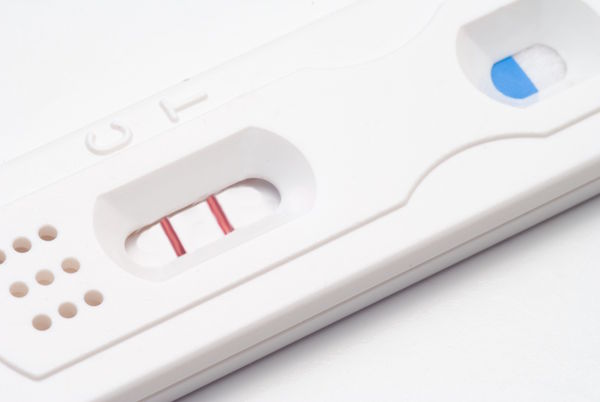
Nothing seems better on a hot day than hopping into a cool swimming pool.
But, new research might prompt you to shower first and make sure your kids don’t pee in the water.
Researchers from the University of South Carolina report that the disinfectants used to keep pools clean can create dangerous disinfection byproducts (DBPs) when combined with sweat, personal care products and urine.
Some of these byproducts have caused genetic damage to cells in laboratory tests, while other reports have found higher rates of bladder cancer and respiratory issues in people who are around pools regularly, the researchers said.
And though the study findings held true for public pools, private pools and hot tubs, the researchers flagged indoor pools and hot tubs as a top concern, too.
“I never had my kids on a swim team in an indoor pool, swimming every day. I would make that same choice today knowing what I know,” said study co-author Susan Richardson, who’s with the university’s department of chemistry and biochemistry.
“The air you’re breathing is one of the disinfection byproducts — it’s that chlorine smell, but not actually chlorine. Instead, it’s a DBP, mainly trichloramine, the combination of urine and chlorine. It goes from the water to the air, easily. That chemical is a known respiratory irritant,” Richardson said.
Such irritants may raise the risk of colds and asthma complications, Richardson said. “I wouldn’t advise people to stay away from pools, but everything in moderation,” she added.
Richardson is less concerned about outdoor pools and hot tubs, because there is more ventilation in the open air. However, when those pools and hot tubs are used intensely, the DBP levels are worse, according to the study.
Richardson and her colleagues tested water samples from public and private pools and hot tubs, after both normal and intense use.
They found more than 100 DBPs — some of which are known to be mutagenic, or able to cause cell damage and DNA mutation.
On average, the researchers found tap water to be cleaner than disinfected pool water samples, which were twice as mutagenic. And, hot tub samples were four times as mutagenic, Richardson said, “because the warmer temperatures increase the reaction rate, forming these disinfection byproducts faster.”
The findings were published recently in the Journal Environmental Science & Technology.
So, how can one swim safely this summer?
For residential pools, Richardson suggests filters with silver in them, because they kill disease-causing pathogens without forming DBPs.
She also recommends using ozone and chlorine, which seemed safer than bromine in the research. Air ventilation for indoor pools is key, and she urges people to change pool and hot tub water completely and more frequently.
A public health official for Florida, the state with the second largest number of swimming pools, said reducing waterborne illness is a bigger priority compared to DBPs, and public pools are safe when proper steps are taken.
“It is more important to assure a high disinfectant residual and maintain proper pH levels to prevent waterborne diseases than to reduce disinfectants for the purpose of trying to reduce DBPs,” said Mara Gambineri, communications director for the Florida Department of Health.
Although public officials can’t enforce pre-swim showers or police urination in a pool, Gambineri added that posting clear signs and providing easy access to showers helps.
The U.S. Centers for Disease Control and Prevention recently reported closing one in five public kiddie pools after inspections in five states, while one in eight public pools and hot tubs were closed immediately due to a serious violation.
The CDC said thousands of public pools and hot tubs require closure every year, mostly due to contamination from people swimming while suffering diarrhea and children still learning toileting skills.
More information
There’s more on healthy swimming at the U.S. Centers for Disease Control and Prevention.
Source: HealthDay

Leave a Reply